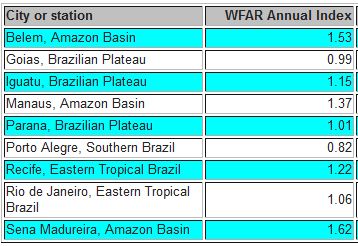In 1969 a landmark scientific paper in the water-from-air field appeared in the Journal of Hydrology. The paper, authored by the Swedish researcher B. Hellström was titled "Potable water extracted from the air report on laboratory experiments". It is available for purchase from Elsevier B.V. It remains a scientifically informative and inspiring read for those of us fascinated by the potential for using water-from-air technology to improve water security in water-scarce regions.
Hellström, who was Professor of Hydraulics at the Royal Institute of Technology, Stockholm, performed water-from-air experiments with a dehumidifier machine at the Institute during July and August 1957. Earlier, in 1953 he had done non-mechanical dew collection experiments at the Institute.


